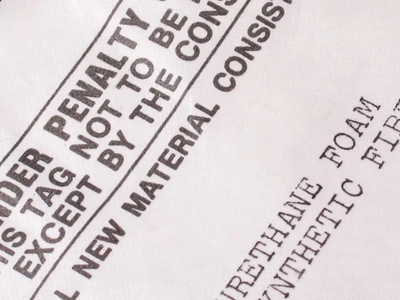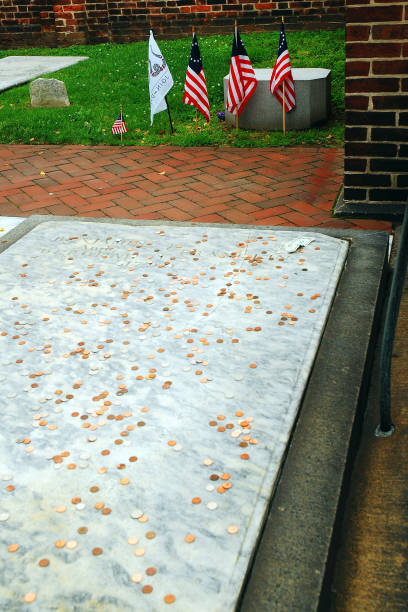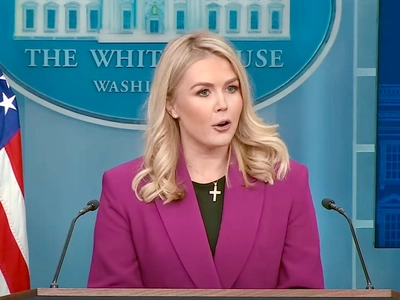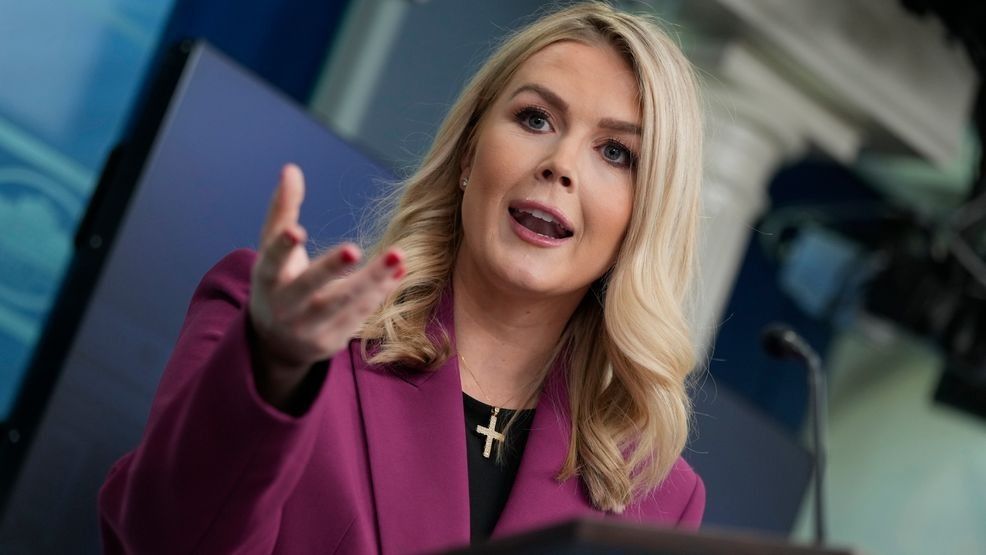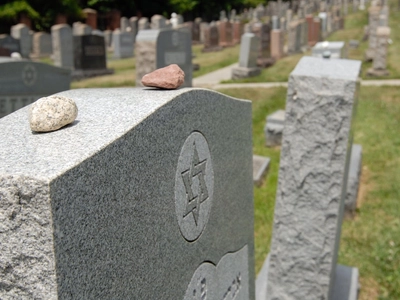The Shocking Truth: Every Warning Label Exists Because Someone Died
You've seen them your entire life, but you've never really seen them. Those innocent-looking warning labels on everyday products that seem so mundane, so routine, that you barely register their existence. But what if I told you that behind every single warning label is a story of tragedy, death, and corporate negligence so shocking that it would make your blood run cold?
The Terrifying Truth About That Pillow Tag
Let's start with something everyone recognizes: that annoying tag on your pillow that says "UNDER PENALTY OF LAW THIS TAG NOT TO BE REMOVED EXCEPT BY THE CONSUMER." Seems harmless enough, right? Just bureaucratic nonsense?
Wrong. Dead wrong.
This label exists because in the early 1900s, mattress and pillow manufacturers were literally stuffing their products with the most horrifying materials imaginable. We're talking about used hospital bandages soaked in blood and pus, discarded surgical dressings, and rotting animal hair infested with vermin. People were sleeping on what amounted to medical waste and diseased refuse.
The tag was mandated in 1948 after countless cases of illness, infection, and death. Manufacturers would remove any identifying tags before selling these death traps to unsuspecting families. Children developed mysterious rashes, adults contracted tuberculosis, and entire households fell ill from whatever toxic nightmare they were resting their heads on each night.
When Medicine Became Murder
But pillow tags are just the tip of the iceberg. The real horror stories lie in the medicine cabinet.
Remember Dr. Chevalier Jackson? Probably not, but you should. This throat surgeon spent his career pulling mysterious objects from children's throats, but what he discovered in the 1920s was far more sinister than toys or food.
He found that household products were killing children at an alarming rate. Caustic chemicals, sold without any warning labels, were being mistaken for harmless liquids. Children would drink drain cleaner thinking it was juice, lye thinking it was water. The results were catastrophic: burned throats, destroyed esophaguses, and agonizing deaths.
Dr. Jackson's relentless campaign led to the Caustic Poison Act of 1927, which required the first warning labels on dangerous household products. But it took the screams of dying children to make it happen.
The Aspirin Massacre
Think aspirin is safe? Think again.
In the 1960s, "candy aspirin" was marketed to children with flavors like cherry and orange. It was sold in colorful bottles that looked exactly like candy containers. Parents thought they were being responsible by giving their kids "safe" medicine.
The results were devastating. In 1966 alone, poison control centers documented that 88% of the nearly 11,000 children under age five treated in emergency rooms for aspirin poisoning had consumed these "candy" aspirins. Children were dying from what their parents thought was harmless medicine.
The carnage was so severe that it led to the Poison Prevention Packaging Act of 1970, mandating childproof caps. But not before hundreds of children paid the ultimate price for corporate greed disguised as convenience.
The Dark Pattern
Here's what they don't want you to know: every single warning label on every single product exists because someone died. Not someone got sick. Not someone had a bad reaction. Someone died.
That "Do not use near open flame" on your hairspray? People burned alive.
That "Do not ingest" on your makeup? Children died from poisoning.
That "Keep out of reach of children" on your cleaning products? Families were destroyed.
Each warning label is a gravestone, a memorial to someone's preventable death that corporations allowed to happen because putting a simple warning on a product would have cost them money.
The Invisible Victims
The most chilling part? We'll never know the full extent of these tragedies. Before mandatory reporting and warning labels, deaths from household products were often misattributed to other causes. How many "mysterious illnesses" were actually poisonings? How many "sudden deaths" were actually product-related fatalities?
The victims are invisible, their stories buried in corporate archives and sealed court documents. Families who lost loved ones were often paid to stay silent, their grief monetized and their voices silenced.
Why This Matters More Than Ever
In an age where we're increasingly disconnected from the products we use daily, these warning labels serve as silent witnesses to humanity's darkest consumer protection failures. They're not just legal requirements—they're monuments to the people who died so that future generations might live.
The next time you mindlessly cut off a tag or ignore a warning label, remember: you're not just removing an annoying piece of paper. You're erasing the memory of someone who paid the ultimate price for corporate negligence.
Every warning label has a victim. Every regulation has a body count. And every "harmless" household product has a graveyard of tragedy behind its mundane appearance.
The question isn't whether you'll remove that tag—it's whether you'll remember the person who died so it could exist in the first place.
